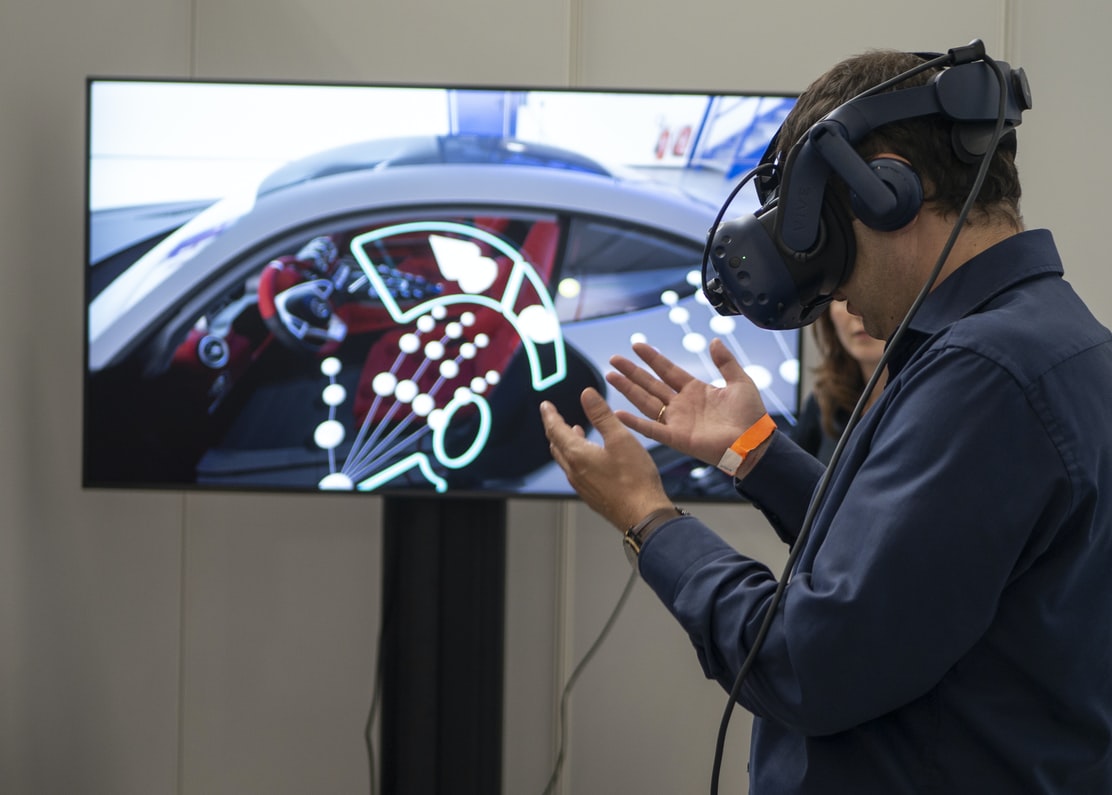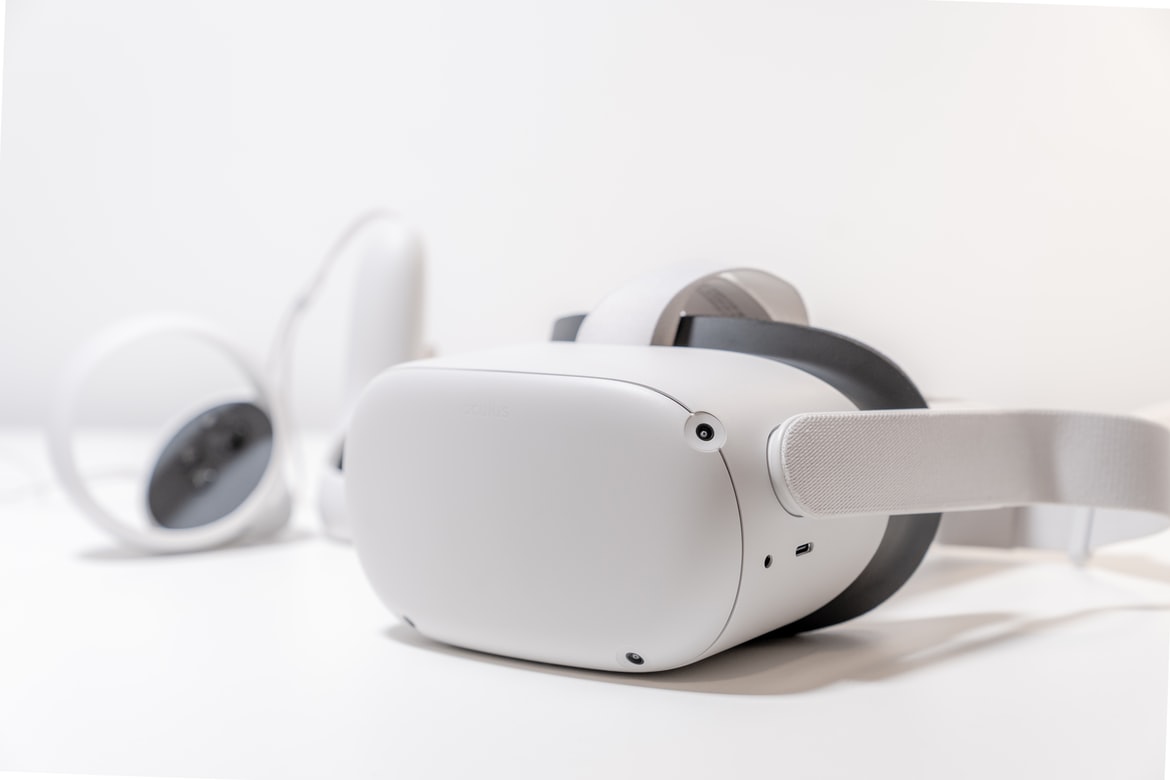
During the pandemic, many banks again took up immersive technologies – some train employees on 360° video, and some sell mortgage apartments through VR tours. Biometrics has found a new application, but citizens still don’t want to use it.
3D cash collection
Virtual and augmented reality have not yet become a mass product and for many remain a lot of gamers and geeks. But when offices closed due to the pandemic, and employees switched to remote mode, many companies saw several uses in immersive technologies at once – for internal communication, marketing, and working with customers.
Technologies of virtual and augmented reality are called solutions that allow you to immerse the user in an alternative space. This can be a complete or partial replacement of the environment.
According to Deloitte, about 19% of UK companies invested in virtual and augmented reality last year, with another 31% going to invest next year. For example, the management company Fidelity said that this year, spending on VR and AR increased by 100-200% compared to 2020. The organization doesn’t plan to reduce costs and, most likely, not in vain: according to PwC, by 2030, thanks to augmented reality technologies, banks will be able to save up to $1.5 trillion.
Fidelity has its own laboratory that deals with solutions in the field of augmented and virtual reality. Thanks to the development, employees now communicate with each other in VR meetings, and the company expects to use AR technology to present products to customers.
It’s the next-generation financial solution. Any ideas based on this technology can be realized by a fintech software development company.
VR glasses
With the transition to remote work, many brokerage companies have faced difficulties: not every trader at home has several monitors, a fast computer, and convenient access to trading terminals. To solve this problem, Swiss bank UBS distributed Microsoft HoloLens mixed reality glasses to its employees, turning the home office into a workstation with augmented reality, 3D holograms, and pseudo-screens.

VR mortgage
Experts believe that virtual reality has great potential, in particular for the mortgage business. It will allow developers to create a virtual space with a choice of apartment configurations, a mortgage calculator, and the connection of a consultant.
New uses for biometrics
Some banks are already introducing face recognition at the entrance to the premises. If a visitor passed biometrics, the system will recognize him and transfer information about the client and possible reasons for the visit to employees, as well as update the electronic queue. In addition, it helps banks to immediately recognize fraudsters and defaulters from the black list.
Whether market participants want it or not, biometrics will soon become the norm. It will not only make "casts" mandatory for delivery but also expand the possibilities of the use. For example, to perform any operations on biometrics, as well as to massively apply for payment on the face in retail outlets and public catering.
Despite this, people are still reluctant to use biometric identification. According to a Visa survey, only 17% of respondents said they use a face instead of traditional passwords, and only 12% use voice casts. At the same time, 48% said they trust the storage of biometric data to banks and payment systems.
However, in Sweden, according to another study, it turned out that about 70% of local consumers are interested in using biometric payment cards. Almost 60% intend to pay for it, and 48% are ready to change banks if competitors offer biometrics. The main reason for this enthusiasm is that the respondents are afraid of the transmission of viruses through payment terminals.
Output
To use virtual and augmented reality technologies, both employees and customers of banks need VR devices. This is one of the main limitations of VR and AR, which doesn’t yet allow their full use in mass services.
It's not only about computing power and graphics, but also the high cost of the devices themselves – for example, one pair of Microsoft HoloLens glasses will cost almost $5,500.
Moreover, VR devices are quite bulky: from 447g (HoloLens) to 500 and 800g (Sony, Valve, Oculus). Carrying a pound of excess weight on your head is inconvenient, especially during the whole working day.
But one way or another, VR is no longer a fantasy, but a very real and working technology today. There is no doubt that it will continue to develop and integrate into many areas of our life.